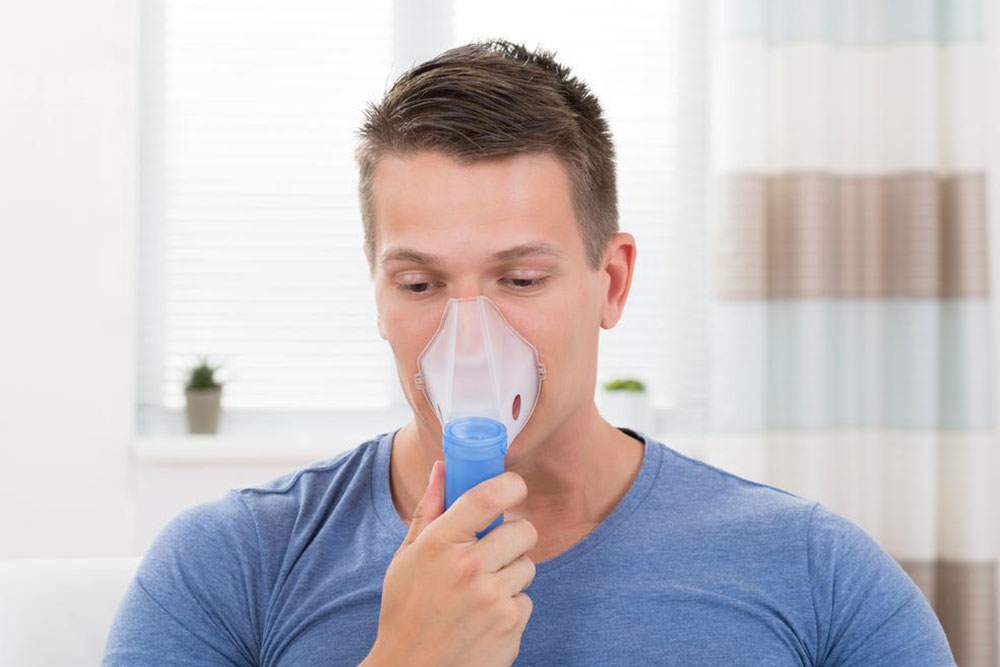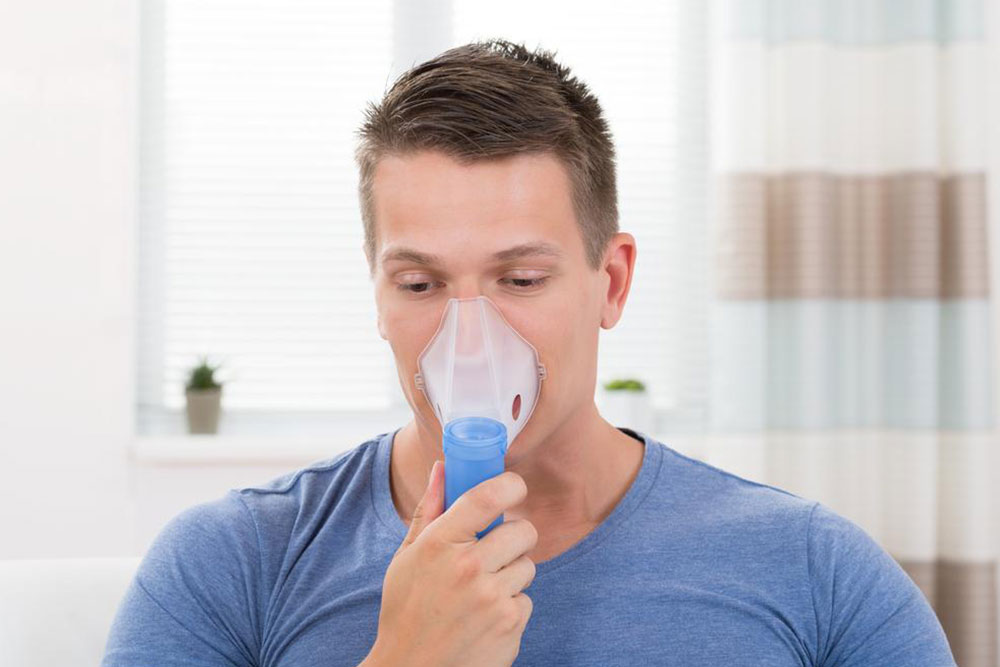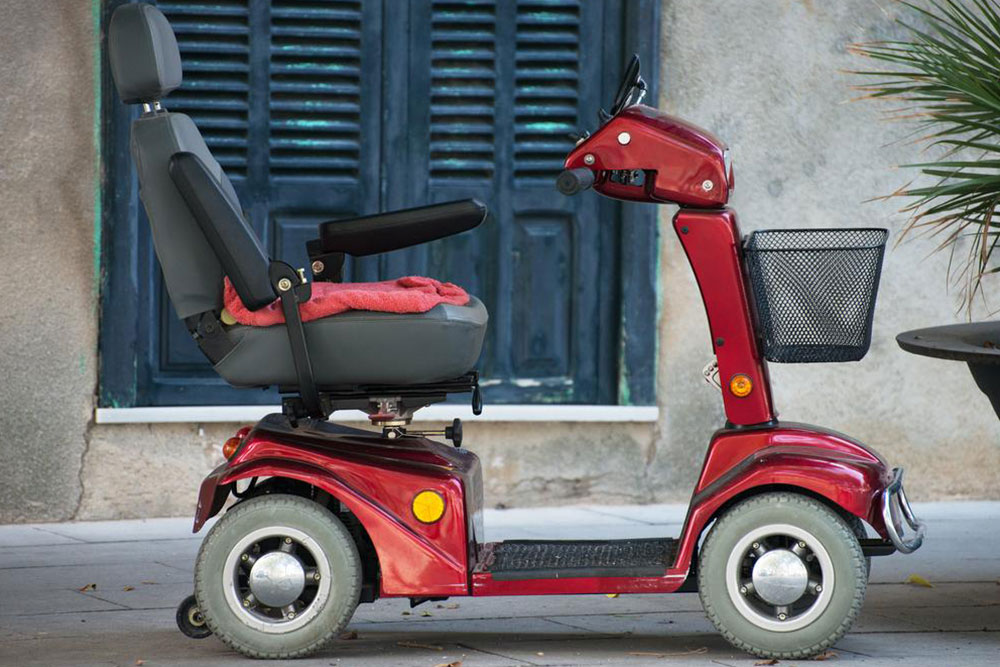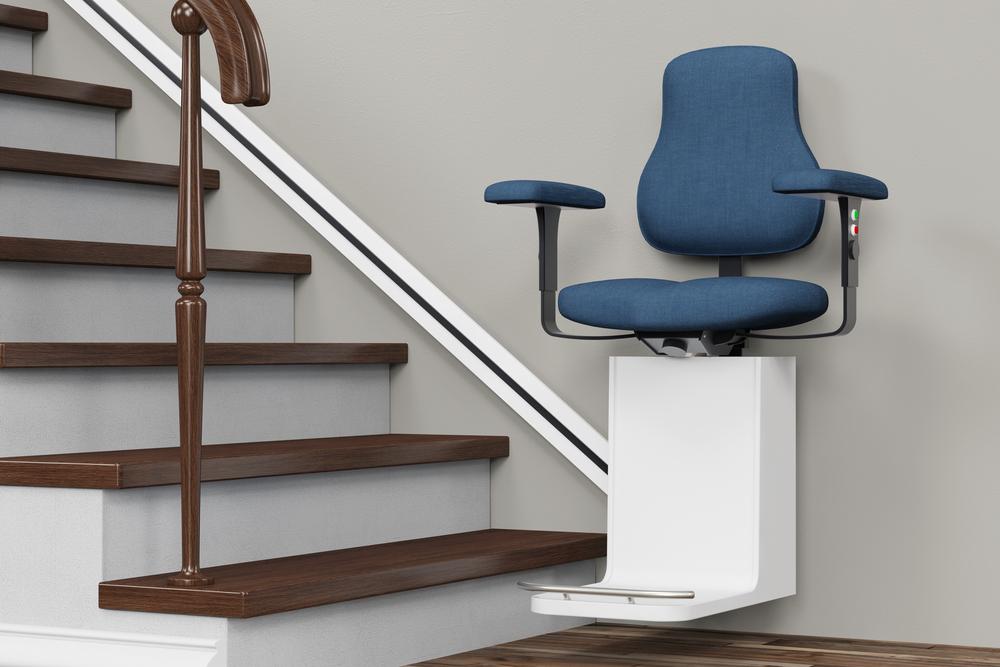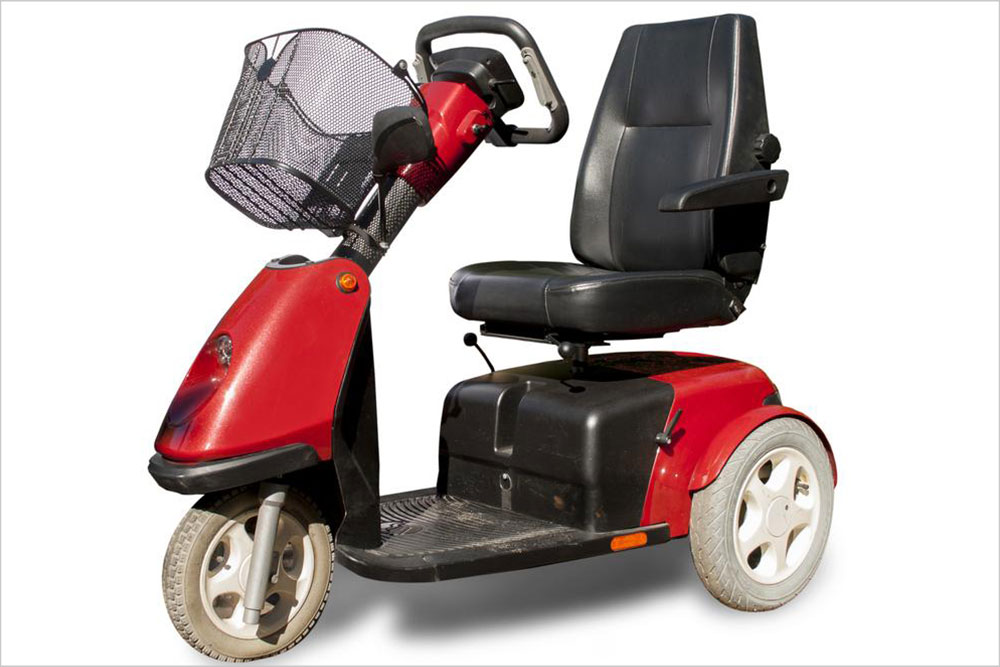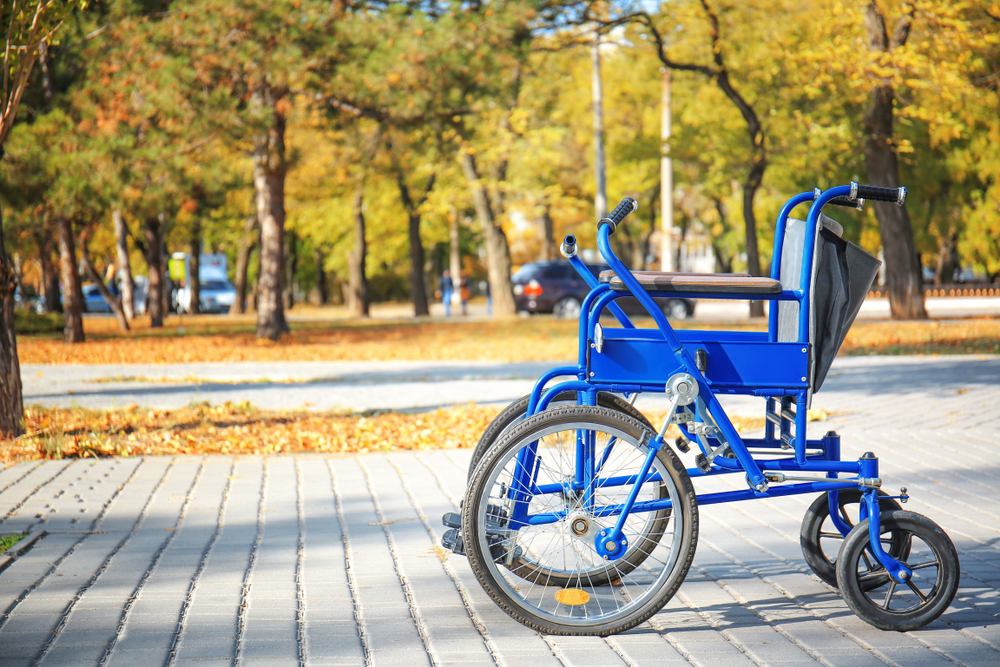Choosing Between Portable Oxygen Cylinders and Concentrators
Deciding between portable oxygen tanks and concentrators depends on your medical needs and lifestyle. Tanks provide pure oxygen stored in compressed form, suitable for severe cases, while concentrators extract oxygen from surrounding air, offering a practical and portable option. Consult your healthcare provider to determine the best device for your condition. Modern portable concentrators are lightweight and user-friendly, making oxygen therapy easier during travel. Proper selection ensures effective respiratory support, enhances mobility, and maintains your quality of life.
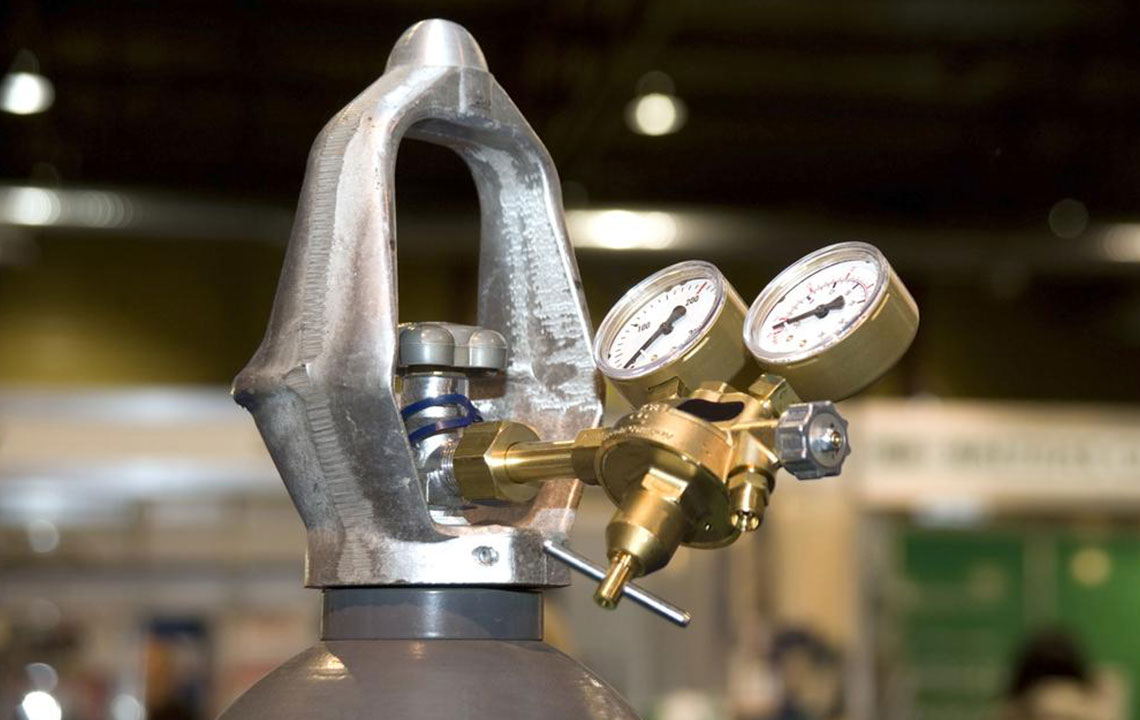
Choosing Between Portable Oxygen Cylinders and Concentrators
Portable oxygen devices are designed to deliver oxygen therapy for individuals needing supplemental oxygen. Such devices are crucial for patients with respiratory conditions like COPD, cystic fibrosis, or heart failure, helping maintain healthy blood oxygen levels. Both portable oxygen cylinders and concentrators enable users to breathe comfortably while on the move.
Differences Between Portable Oxygen Cylinders and Concentrators
Although they operate differently, both products provide oxygen through nasal prongs or masks, supporting breathing needs.
Oxygen cylinders either store compressed gas or liquid oxygen, offering immediate supply, while concentrators draw in ambient air and extract oxygen from it.
Pure oxygen in tanks is 100%, suitable for severe cases, whereas concentrators provide around 95% oxygen, adequate for less critical needs.
Oxygen tanks require refilling and delivery, but concentrators operate electrically, necessitating a continuous power source and backup options during outages.
Traditional large tanks are stationary, but portable cylinders are smaller and easier to carry, meeting mobility needs efficiently. Modern oxygen concentrators are now more compact and lightweight, enhancing portability.
Liquid oxygen tanks are costly and often need multiple backups for extended travel. While portable concentrators may be expensive initially, affordable models are now available.
Since tanks and concentrators differ significantly, consulting a healthcare professional is essential to choose the best option based on your medical condition. Proper advice ensures optimal oxygen therapy suited to individual needs.

